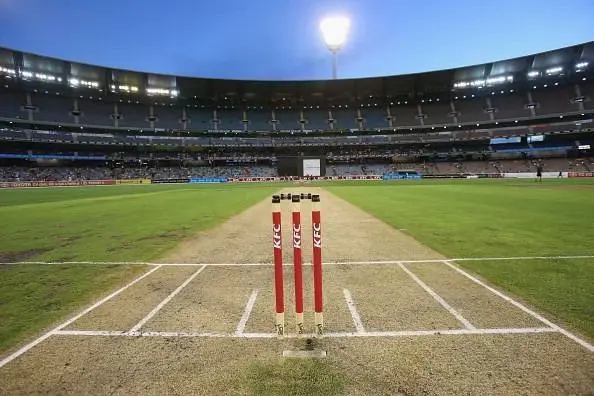T20 Cricket Ball Weight
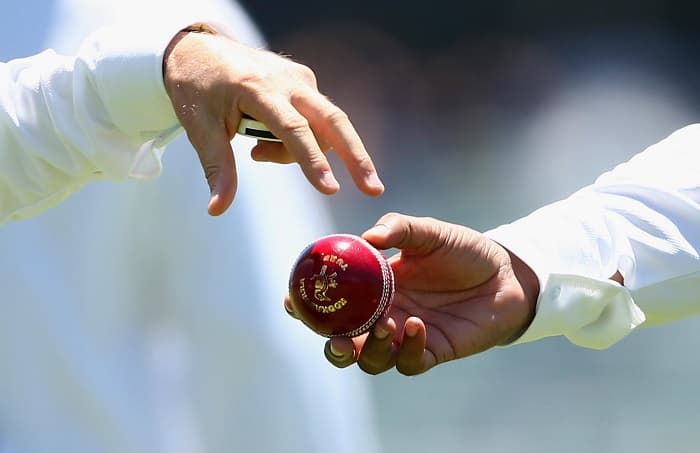
Introduction:
In the ever-evolving world of cricket, the advent of Twenty20 (T20) cricket has revolutionized the game, bringing about a faster-paced and more dynamic form of play. Amidst the myriad of changes, one often overlooked aspect is the weight of the cricket ball. While seemingly inconsequential to the untrained eye, the weight of the cricket ball holds paramount importance, especially in the context of T20 cricket. In this article, we delve into the significance of T20 cricket ball weight and its implications on the game.
Importance of Ball Weight in T20 Cricket:
The T20 format of cricket is characterized by its fast-paced nature, where every ball bowled carries immense significance. In such a scenario, the weight of the cricket ball plays a crucial role in determining various aspects of the game, including pace, bounce, and swing.
Pace:
A lighter cricket ball tends to travel faster through the air, enabling bowlers to generate greater pace. This increased velocity adds to the challenge for batsmen, as they have less time to react and adjust their shots accordingly. Consequently, bowlers often prefer lighter balls in T20 cricket to maximize their chances of unsettling the batsmen with sheer speed.
Bounce:
The weight of the cricket ball also influences its bounce off the pitch. Lighter balls tend to bounce higher, offering more assistance to fast bowlers and making it challenging for batsmen to judge the trajectory accurately. This unpredictability adds to the excitement of T20 cricket, where the margin for error is minimal, and every delivery counts.
Swing:
In addition to pace and bounce, the weight of the cricket ball affects its potential for swing movement through the air. While swing primarily depends on factors such as atmospheric conditions and the condition of the ball’s seam, the weight still plays a role in facilitating or inhibiting swing. Bowlers often experiment with different ball weights to optimize their chances of generating swing, especially during the crucial powerplay overs in T20 matches.
Regulatory Standards:
To maintain fairness and uniformity in T20 cricket, regulatory bodies such as the International Cricket Council (ICC) have established standards for cricket ball weight. According to ICC regulations, the weight of the cricket ball used in international T20 matches must fall within a specified range, ensuring consistency and a level playing field for all teams.
Conclusion:
The weight of the cricket ball may appear trivial at first glance, but its significance cannot be overstated, particularly in the context of T20 cricket. From influencing the pace and bounce of deliveries to affecting swing movement, the weight of the ball shapes the dynamics of the game in profound ways. As T20 cricket continues to captivate audiences worldwide with its exhilarating brand of cricket, the importance of ball weight serves as a reminder of the intricacies that make the sport truly remarkable.
Varieties of T20 Cricket Ball Weight
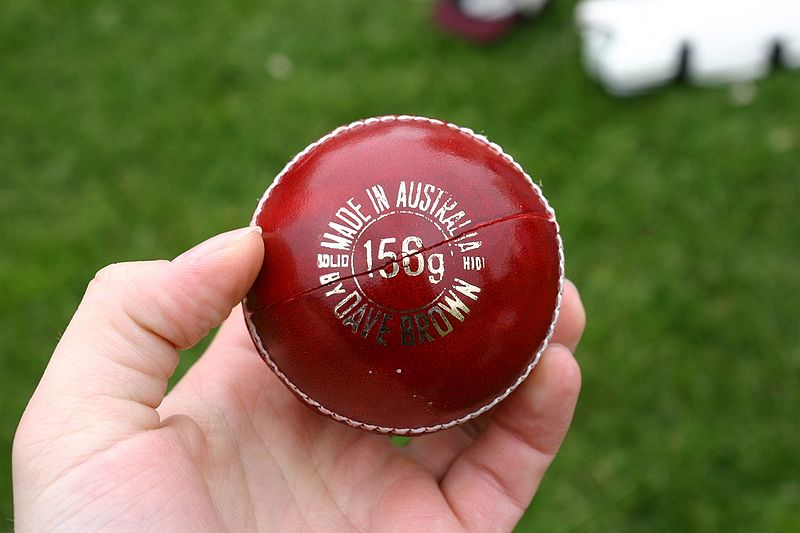
Introduction:
In the realm of cricket, where every detail can make a significant impact on the game’s outcome, the weight of the cricket ball holds substantial importance. This is especially true in the fast-paced and dynamic format of Twenty20 (T20) cricket. Understanding the different types of T20 cricket ball weights is essential for players, coaches, and enthusiasts alike. In this article, we will delve into the various types of T20 cricket ball weights and their implications for the game.
1. Standard Weight: The standard weight for a cricket ball used in T20 matches falls within a specified range set by regulatory bodies such as the International Cricket Council (ICC). Typically, the standard weight of a T20 cricket ball ranges from 155 to 163 grams. This weight range ensures consistency and fairness in international T20 competitions, where adherence to regulations is paramount.
2. Lighter Weight:
Some manufacturers produce cricket balls that are lighter than the standard range prescribed by the ICC. These lighter balls weigh between 140 to 150 grams and are favored by certain bowlers, especially those who rely on pace and swing to unsettle batsmen. Lighter balls tend to travel faster through the air, making them particularly effective in T20 cricket, where speed is of the essence.
3. Heavier Weight:
Conversely, there are cricket balls available in the market that exceed the standard weight range. These heavier balls typically weigh between 165 to 175 grams and are preferred by bowlers who prioritize bounce and seam movement. While heavier balls may not generate as much speed as their lighter counterparts, they compensate by offering greater bounce off the pitch, posing a different set of challenges for batsmen.
4. Customized Weight:
In addition to standard and non-standard weights, some cricket balls are customized to meet specific preferences of players and teams. Manufacturers may tailor the weight of the ball according to individual requirements, considering factors such as pitch conditions, atmospheric conditions, and bowling styles. Customized balls offer flexibility and allow players to fine-tune their strategies to suit particular match scenarios.
Implications for the Game:
The choice of T20 cricket ball weight can have significant implications for the dynamics of the game. Bowlers may opt for lighter balls to maximize pace and swing, while others may prefer heavier balls to exploit bounce and seam movement. Batsmen, on the other hand, must adapt their techniques accordingly to counter the challenges posed by different ball weights. Ultimately, the variety of T20 cricket ball weights adds depth to the sport, catering to the diverse skill sets and playing conditions encountered in modern cricket.
Conclusion:
As T20 cricket continues to captivate audiences around the globe with its fast-paced and entertaining brand of cricket, the significance of cricket ball weight cannot be overlooked. From standard weights to lighter and heavier variations, the variety of T20 cricket ball weights offers players and teams the opportunity to tailor their strategies and tactics to gain a competitive edge. By understanding the nuances of different ball weights, cricket enthusiasts can deepen their appreciation for the intricacies of the game.
Top Bowlers in T20 Cricket
Introduction:
In the high-octane world of Twenty20 (T20) cricket, where boundaries are routinely cleared and run rates soar, the role of bowlers often takes center stage. Amidst the blitz of boundaries and sixes, certain bowlers have managed to carve a niche for themselves, consistently delivering match-winning performances and leaving an indelible mark on the T20 landscape. In this article, we unravel the dominance of the top bowlers in T20 cricket, exploring their skills, strategies, and impact on the game.
1. Rashid Khan (Afghanistan): 
Hailing from Afghanistan, Rashid Khan has emerged as one of the most formidable spin bowlers in T20 cricket. Renowned for his deceptive leg-spin and immaculate control, Rashid has bamboozled batsmen with his variations and guile. His ability to extract turn and bounce from any surface makes him a potent threat in both powerplay and death overs. With an impressive array of wickets across various T20 leagues, Rashid Khan’s name has become synonymous with bowling excellence.
2. Jasprit Bumrah (India):
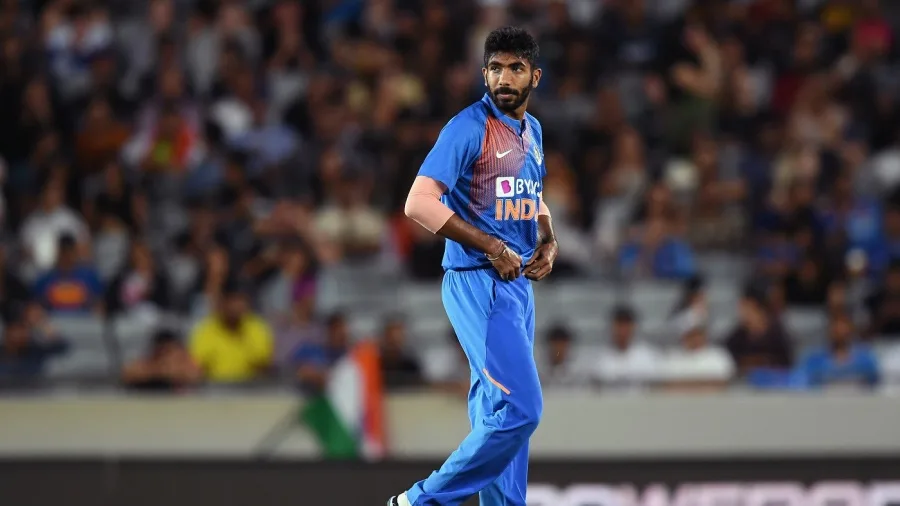
Indian pacer Jasprit Bumrah has established himself as a linchpin of the country’s bowling attack across all formats, including T20 cricket. Armed with unorthodox action and pinpoint accuracy, Bumrah possesses a lethal combination of yorkers, slower balls, and bouncers that keep batsmen guessing. His ability to deliver under pressure, especially in the death overs, has earned him accolades from teammates and opponents alike. Bumrah’s knack for breaking partnerships and restricting run flow makes him a prized asset in T20 cricket.
3. Sunil Narine (West Indies):
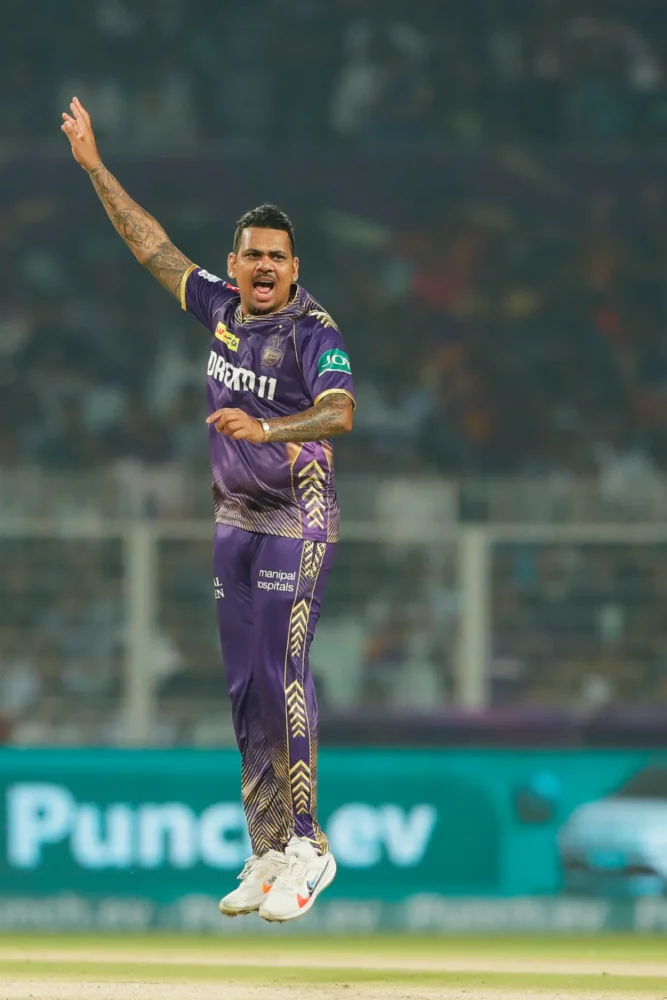
West Indian all-rounder Sunil Narine has left an indelible mark on T20 cricket with his crafty spin bowling and dynamic batting. Primarily known for his mystery spin and unplayable variations, Narine has been a consistent wicket-taker in T20 leagues around the world. His ability to bowl tight overs in the powerplay and stifle opposition batsmen has been instrumental in his team’s success. Narine’s versatility as a bowler, coupled with his handy batting skills, makes him a valuable asset in the shortest format of the game.
4. Lasith Malinga (Sri Lanka):

Sri Lankan speedster Lasith Malinga is revered as one of the greatest T20 bowlers of all time, thanks to his lethal yorkers and unorthodox sling action. Malinga’s ability to deliver pinpoint yorkers at will, especially in the death overs, has earned him the nickname “Slinga Malinga.” With a plethora of wickets in T20 cricket, Malinga’s mastery over swing, seam, and reverse swing has made him a nightmare for batsmen. Despite his retirement from international cricket, Malinga’s influence on T20 bowling remains unmatched.
5. Kagiso Rabada (South Africa):

South African fast bowler Kagiso Rabada has quickly risen through the ranks to establish himself as one of the premier pacers in T20 cricket. Blessed with raw pace and aggression, Rabada has the ability to trouble batsmen with his express deliveries and sharp bouncers. His ability to generate movement off the pitch and extract bounce makes him a potent threat on any surface. Rabada’s knack for picking up early wickets and providing breakthroughs has been instrumental in shaping match outcomes.
Conclusion:
The dominance of top bowlers in T20 cricket exemplifies the crucial role played by bowling in the game’s shortest format. From spin wizards to pace merchants, each bowler brings a unique set of skills and attributes to the table, enriching the spectacle of T20 cricket. As the format continues to evolve, the influence of top bowlers is poised to grow, captivating audiences and showcasing the artistry of bowling in all its glory.



